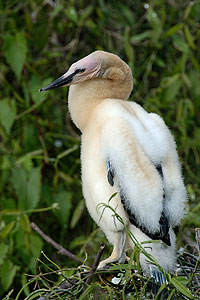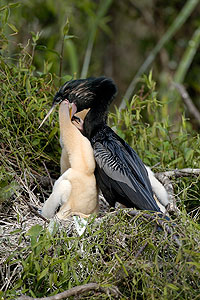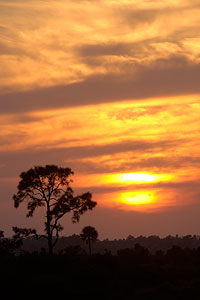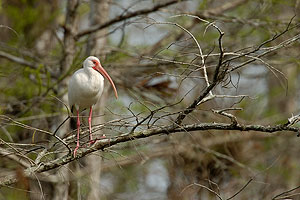
|
News from the Everglades
A Weekly Update from Everglades Imagery February 27, 2005 The ExperienceAfter two mildly frustrating weeks, this short week and weekend was wonderful. Both Wednesday and Thursday were very productive and this weekend was relaxing. I am reenergized and ready jump back into things for a couple of uninterrupted weeks. Wednesday was spent on West Lake, Long Lake, and Lake Cuthbert while Thursday was spent at Shark Valley in the morning and along Turner River Road in Big Cypress National Preserve in the afternoon. Wednesday was great for scouting as well as simply experiencing an area that I had not yet explored. Thursday was surprisingly good photographically. All of the images for this week’s newsletter were taken on Thursday. I spent the weekend back on campus in Maine seeing friends and spending some time meeting with my advisors. Wednesday’s trip was especially interesting to me because of the location. I was able to spend a couple hours on Lake Cuthbert, home of the famed Cuthbert Rookery. Within this lake is a small island that once was home to thousands of herons and egrets during the nesting season. Cuthbert Rookery was one of the last major rookeries to be discovered during the plume hunting era and it became legendary. A number of men became extremely wealthy by killing birds as they returned to their nests and young. By the early part of the 20th century the rookery was completely devastated. Today, like all rookeries, it is a very sensitive area. I kept my distance to be sure not to disturb any of the birds that might be on the small island. From what I could see there were several Great Egrets that had spectacular plumes which would indicate the possibility of nests. There were a number of Anhingas and Double-crested Cormorants on the island as well and a handful of Wood Storks that flew in and out while I watched. I have always wondered what the rookery must have looked like during its peak, but was thrilled to see that birds might be using it again. (Safety Note: While I saw birds on the island, I did not approach close enough to discern nests with my binoculars. Most birds were identified simply on shape and size as I was so far away in order to be sure I did not disturb the birds.) This week will be a little bit shorter than I had originally planned because I was stuck in Maine and could not get home because of the winter storm that shut down most of the Northeast. I was able to make it home late today, but look forward to a great week.
The PhotosThursday morning at Shark Valley was very productive as I was able to spend some time with these Anhinga chicks that are getting pretty old. With the normal chaos of the nest scene I was pleased to be able to isolate this chick as it stood away from the other two for a few minutes.
Here the male Anhinga is feeding each of the three chicks in the nest. He very carefully made sure that each chick received food and that one did not out compete the others.
I was able to work with this Green Heron for quite a while as it was fishing along a dead log. Most of the images are static portraits but the raised crest on this one really makes the image for me.
I continue to struggle with taking landscape images. So far I have only been able to capture sunset or sunrise silhouettes. This week I am going to be spending some time working with the landscape down here trying to find pleasing compositions.
I really enjoy photographing White Ibis as they perch in the cypress trees throughout the swamps. There is a lot of clutter in this image but for me that shows the habitat where the ibis live. I have a similar image except an immature and on a branch with much more foliage. I will probably post it in the near future.
CommentsThanks for bearing with me these past two weeks when I have been out of town. For the next two weeks my weblog and newsletters will be updated much more regularly. Thanks again.
|





